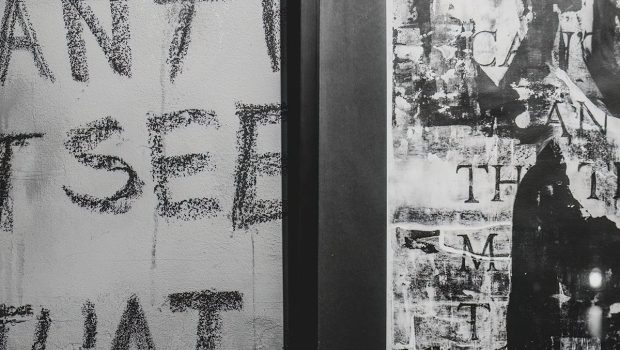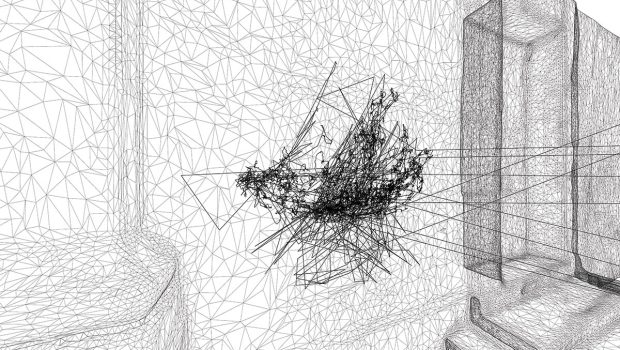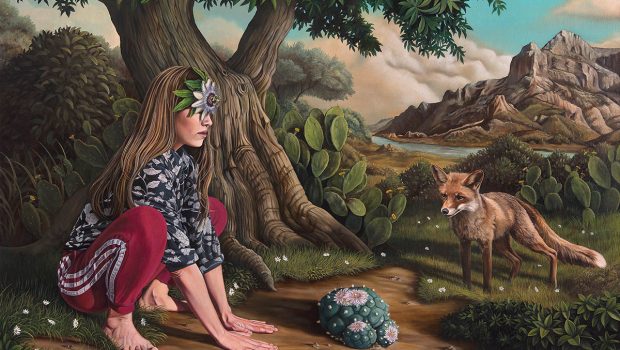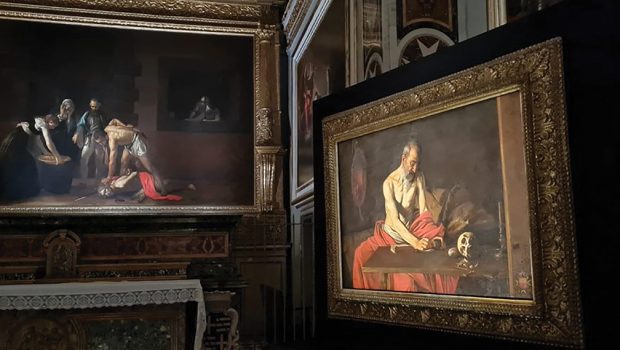Q&A > Funding Malta’s Creativity
As the Arts Council’s Malta (ACM) Arts Fund celebrates ten years since its inception, we talk to Lisa Gwen Andrews - Creative Industries Associate at ACM – about its impact on the Maltese creative scene.
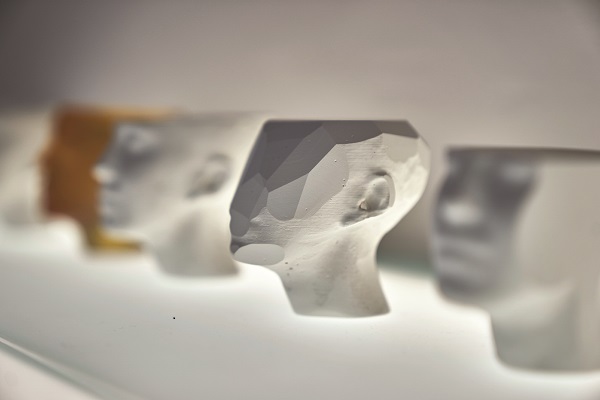
The Malta Arts Fund allows artists to propose and implement innovative, cutting-edge and often also niche projects that would have otherwise not seen the light of day
Artpaper: What’s your role in relation to the Malta Arts Fund?
Lisa Gwen Andrews: I’ve seen the fund grow from its inception in 2009 up until now. I was one of the first external evaluators who had been called in to assess applications. I believe it was the second or third call. Before the launch of the Malta Arts Fund (MAF), the process for funding was closer to a sponsorship, wherein artists filled out an application form and were generally awarded a nominal fee in support of their project(s) and activities.
Nowadays, amongst other duties, I manage the Project Support Grant (Malta Arts Fund), which involves the screening of all applications in terms of artistic content and eligibility before passing them onto the external panel of experts whose role is to evaluate and make recommendations for funding. Besides that, I monitor the projects selected for funding. And more importantly, I help artists, cultural operators and practitioners develop and structure their projects according to the fund’s criteria. The latter is actually the aspect I enjoy the most; it gives me immense satisfaction to assist them in any small or large way and to facilitate in the development of their respective projects.

Artpaper: Can you tell us how it has developed over the past ten years?
LGA: The MAF was the first structured or competitive fund launched through Arts Council. It followed the Malta Film Fund, launched a year earlier. Across the 10 years, the MAF has increased in funding, but it has also evolved. Originally the delineation was solely between ‘small’ and ‘large’ project support. This was extended to ‘mobility’ support, and later also to ‘organisation’ support and support for literary translations. Working closely with practitioners has also given us plenty of insight into the ever-changing needs of the sector, which is how the Arts Council now possesses a portfolio of some 17 funding programmes and initiatives. Each of these funding platforms are somehow indebted to the MAF and have emerged as a direct consequence.
Artpaper: How do you think the Arts Fund has shaped the creative scene in Malta during this time?
LGA: The MAF allows artists to propose and implement innovative, cutting-edge and often also niche projects that would have otherwise not seen the light of day. Whilst promoting excellence across all art forms, it has also provided many opportunities for artists to travel, to engage with other artists and institutions, to grow and inform audiences along the way. The Arts Fund doesn’t look at established / professional artists vis-à-vis emerging or upcoming artists – the programme is there to provide support to all those whose projects address the funding criteria. Over the past ten years, artists have understood the importance of artistic development, context, value / vision of a project, research in their fields… and so on. Although there is still much room for improvement, the competitive nature of the fund allows artists to focus their needs, to be savvy and step out of their comfort zone. The fund is also there to allow artists to dream a little bigger, and for their projects to be a little more audacious.
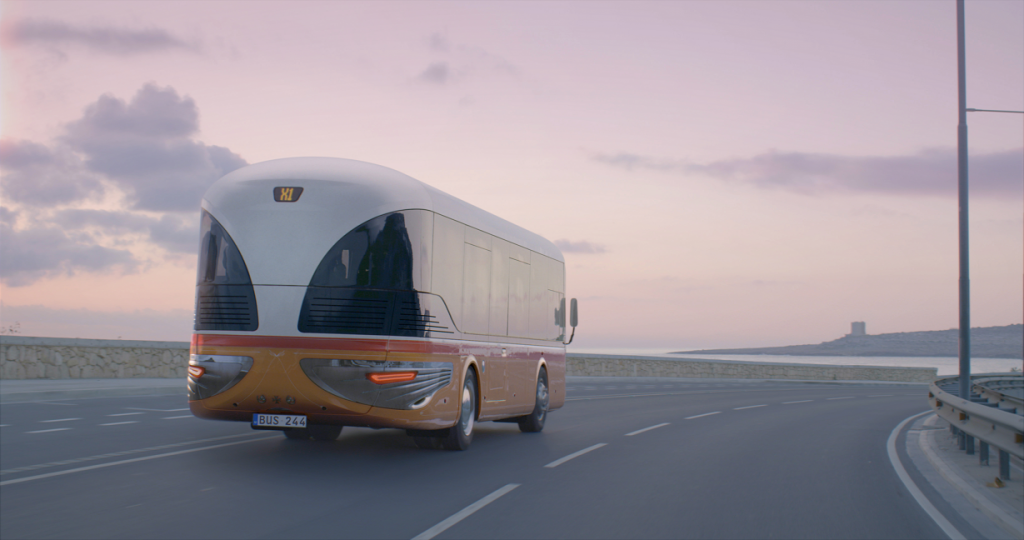
Artpaper: Are there some projects that you feel were very successful very much because of Arts Fund support? And what’s their legacy a few years down the line?
LGA: Out of all the projects supported over the past 10 years, there have been a few platforms which were proposed and formed which have become staples on the cultural calendar – two stand out prominently, and these are Science in the City, and the Valetta Film Festival. Both these platforms ‘took off’ with the assistance of the Malta Arts Fund; and both are going strong a few years down the line. Another platform worth mentioning is the Malta Music Memory Project and the M3P Foundation, which saw the creation of an online multimedia repository for memories of Malta’s music and associated arts, ensuring that these are kept in posterity for current and future generations. The Arts Fund has also proved invaluable to artists and creatives when co-funding was needed for the participation in EU projects – with initiatives awarded support through the ‘culture’ sub-programme for instance. This is true for Ruben Zahra’s participation in the EUR-TXT project, or ARC Research and Consultancy’s participation in The Medinea (Mediterranean Incubator for Emerging Artists) project, which was awarded support through the Creative Europe programme.
Artpaper: If you’re allowed to tell us, do you have one or two personal favourite projects from the last ten years?
LGA: I guess I’m a little biased, given my background as well as collaborations on personal projects, however, Malta Design Week by Chris Briffa Architects, will always be a personal favourite. There have been two editions of Design Week, and subsequently two editions of Malta Design Dialogues (an offshoot of Design Week). Unfortunately, Foundation 808 hasn’t yet managed to make the platform sustainable. Otherwise, there is a most recent project which is close to heart, and that is The Malta Bus Reborn project by Mizzi Studio – which culminated just a few weeks back. Ever since the studio obtained funding, the project has grown to the extent that it has even been endorsed by the Ministry of Transport, as well as several other organisations who have since become project partners.
Artpaper: There has been some criticism that the abundance of Arts Council grants has led to an over-dependence on government funding. How do you think the Arts Council can balance this duty to support the arts, with ensuring that artists remain independent, both in concept and execution?
LGA: To a certain extent we have detected a dependence on public funding for the realisation of projects. But this is hardly a situation that is exclusive to Malta. At the same time, Arts Council engages in several outreach initiatives in order to inform the arts community and assist in its development. This is mainly done through its ACMlab series, in which it often targets niche audiences. During these sessions, local and foreign experts are frequently invited to address the arts communities. Other than that, through our brokerage sessions and meetings with prospective applicants, return applicants and others, we try to frame the funding, and we encourage applicants to be ambitious and to look at EU funding, for instance, when we realise that projects have the potential to grow, to be exported and for applicants to engage with foreign partners and collaborators. Through other funding programmes, ACM also offers mentoring and coaching services, which could be pertinent to the applicant and their project, to an organisation or platform.
Artpaper: The Arts Council is currently drafting a strategy for the coming years. How will the Arts Fund develop, and what is it targeting in particular during this time?
LGA: Each of the funding programmes is revised (somewhat) on an annual basis. When a particular ‘need’ in the sector arises, or when a shift is detected, programmes are redesigned and revamped accordingly. This is the case with the Digital Games Fund, which is currently under consultation and shall progress into a Digital Arts / New Media fund. The Strategy 2021-2025 will also introduce some new pillars or priority areas for the Council – these include Innovation and Digitisation, Wellbeing and Environment and Entrepreneurship and Sustainability. Although already present in the Council’s programmes, the idea is to give these areas attention and priority through the upcoming strategy. These will accompany the other pillars which already form part of Funding / Strategy – namely, Internationalisation, Research, Diversity and Inclusion and, finally, Training and Development.
Artpaper: What would you particularly like to see coming out of the Arts Fund in the next few years?
LGA: I would like to see a wider variety of art forms and multi-disciplinary projects proposed to the fund. A large number of applicants still view the MAF as a means of sponsorship; yet public funding is not a handout, it is a means of support to creatives in order to realise their projects. I would also like to see a larger number of curated projects; projects which engage with proper research and which have an artistic process as an inherent component. Finally, I would really like applicants to properly address audience engagement and audience development. Unfortunately, we still receive a lot of proposals which, at least on black and white, read as commercial, or which are strictly self-promotional. These are inherently weak proposals, as they do not cater for the growth of the sector.




